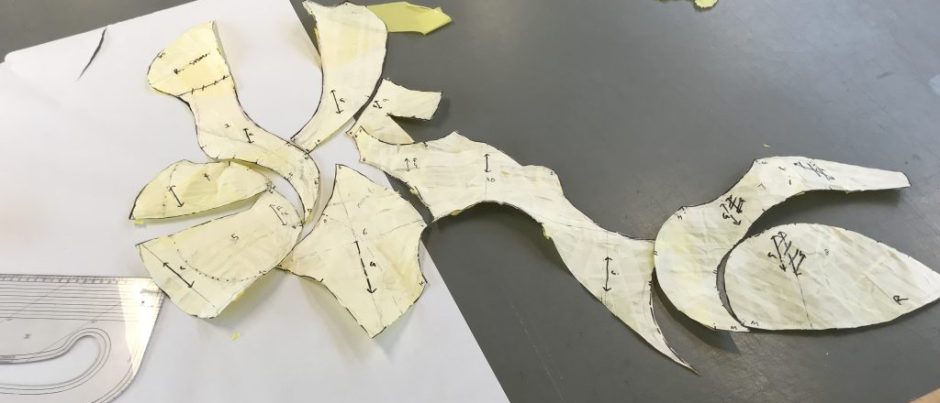ARP
Within my role as a specialist costume technician, I encounter the same issue again and again.
Students often leave the realisation of their costumes until the last moment, even if it is a key part of their performance design and outcome, coming to myself and my colleagues in a panic a day or two before a show deadline.
This leads to underdeveloped/unfinished work, distress of the students, the students missing out on practical creative processes in which quality critical thinking could be taking place. This not only compromises the quality of the outcome, but often also leads to the last minute purchase of garments from amazon, or the wasting of materials that are bought in large quantities but not tested ahead of time, and therefore go to waste.
I speculate that that this could stem from a variety of issues, including:
- Procrastination, low confidence/avoidance, and/or creative stuck-ness
- Feeling intimidated by the space, or the staff, an therefore not seeking help until they are desperate for it
- Poor time management/perception skills, or a lack of experience in creative realisation processes
- High expectations of what can be achieved in a short space of time/ lack of awareness around this
This issue within the learning environment mirrors and feeds into the existing issues within the wider industry of costume, in which hierarchies that do not prioritise costume dictate the last minute changing/purchasing of low- cost fast delivery items and garments. Not only is this a climate justice issue, it is also a feminist issue.
Costume practice is often undervalued, seen as insignificant, and possible to do with little or no skill. Much of this stems from the historical association and undervaluing of the way in which garments are made, and the modern disassociation of this with real peoples time, skills, and hands, and the modern availability of clothing. I buy and wear clothes, so how hard can it be?
As educators, we should be setting the example, and changing the status quo – our students as practitioners of the future.
Possible ways to move towards more sustainable creative costume processes, and higher quality learning experiences:
- Showing, sharing examples of, or guiding students through a sustainable project plans, making deadlines clear, and timeline information accessible.
- Providing students with lived experiences of creative realisation processes in costume
- Improving students confidence in using the costume studio open access space, their confidence to ask questions when they aren’t sure, and confidence in their own ability, confidence in allowing a creative development process to happen (not expecting to know the answer immediately, or without testing ideas etc).
- Showing/sharing/giving experiences of tools to help become unstuck.
